Drimiopsis: types, features of planting and care

Growing crops at home, flower growers, most often, select plants that will have decorative appeal. Among the beautiful indoor flowers, it is worth highlighting Drimiopsis, which is able to delight its owner with regular flowering, as well as unpretentious care.
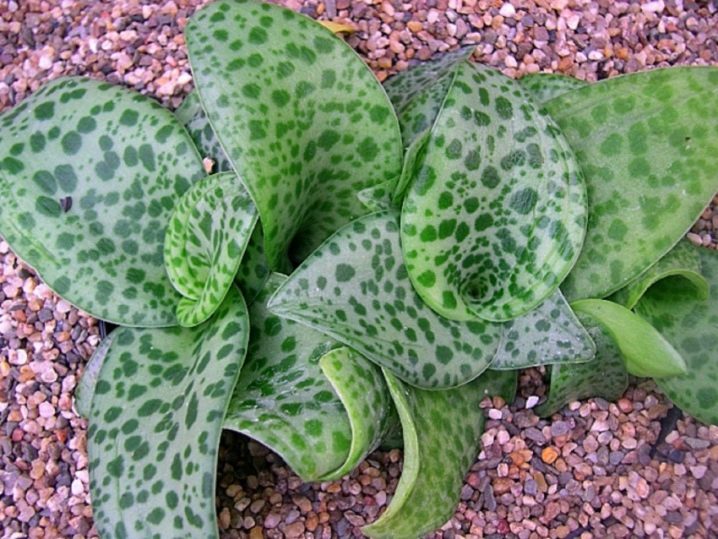
Description
The culture belongs to the asparagus family. Drimiopsis also has a second name - ledeburia or scilla, and Africa is the birthplace of the plant. Today, there are about two dozen flower species in nature, while only a few of them can be cultivated in a closed room. The indoor plant stands out for its decorative greenery and flowering, as well as simple agricultural technology.
The flower multiplies rather quickly, therefore it is grown in different climatic conditions in the open field.
In harsh climates, it is more correct to cultivate a perennial indoors. Drimiopsis has a developed bulbous root system, and its main part is located just above the ground, which brings some exoticism to the appearance of the flower. The leaves are formed quite low, the green mass is planted on thin petioles, which can reach a length of 10 to 15 centimeters. In this case, the size of the sheet plate, depending on the type, will vary within 12-25 centimeters. In their shape, they can follow the contours of the heart, or they can grow ovoid. Usually, their end is slightly pointed with a smooth surface of the sheet plate. The color of the leaves can be monochromatic, striped or spotted.
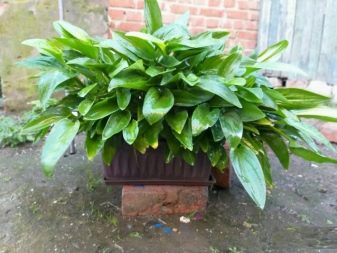
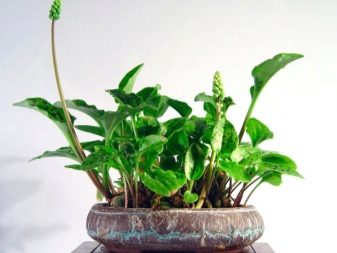
Flowers form on a spike-shaped inflorescence, as a rule, about three dozen buds, painted in white-green color, can be present on one stem. The flowers are not distinguished by their size; on average, the diameter of an open bud does not exceed 5 millimeters. In the flowering phase, the culture gives off a rather subtle floral aroma. In nature, the flowering of Drimiopsis can be observed in the spring or summer months; as for domestic culture, indoor varieties are able to throw out buds all year round, but on condition that some plant species are in a dormant phase in winter.
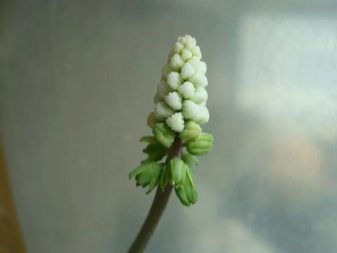

Views
The following perennial species are cultivated at home.
Drimiopsis Kirk (butrioid)
An evergreen crop with lanceolate foliage, the length of which in adult crops can reach half a meter. The flower bulb has a rounded shape and white color, while the leaves at the top are mostly light green with dark blotches, at the bottom the gray tint prevails in the color. The flowering culture occurs from March to September.
At this time, inflorescences with small white flowers are formed on long peduncles.
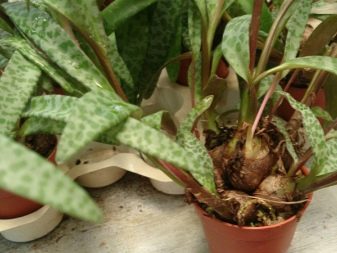
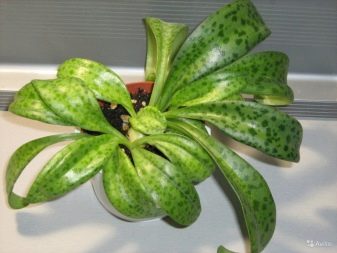
Drimiopsis spotted (petiolate or waste)
A deciduous crop with a heart-shaped foliage. The foliage color is green, there are dark blotches on the surface. The size of the leaves is 10–12 centimeters long, with a width of about 5–7 centimeters. The stalks of the culture are quite large, their sizes vary in the region of 12-15 centimeters. The species blooms from April to July. The flowers are quite small and white. A feature of this culture is the winter dormant phase, during which all the green mass falls off the flower.
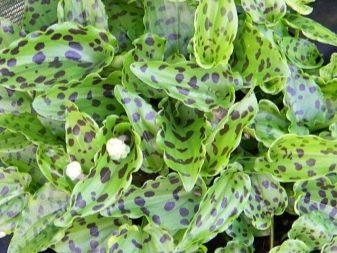

Drimiopsis striped
The species has expressive longitudinal stripes on oblong leaves, for which it received its name.The culture is unpretentious in care, therefore it develops well and reproduces in indoor conditions.
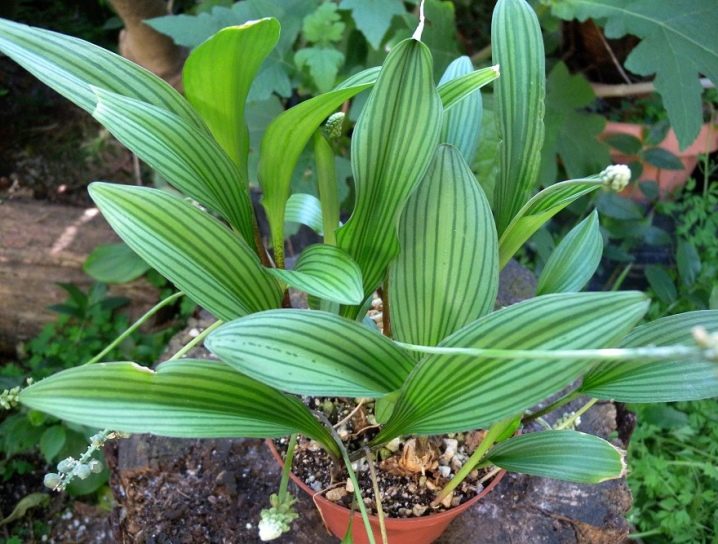
Drimiopsis purple
The leaves of the flower are oval in shape with a wavy and pointed edge in the center of the plate. The color is light green with large blotches of dark color. The petioles of the culture are purple in color.
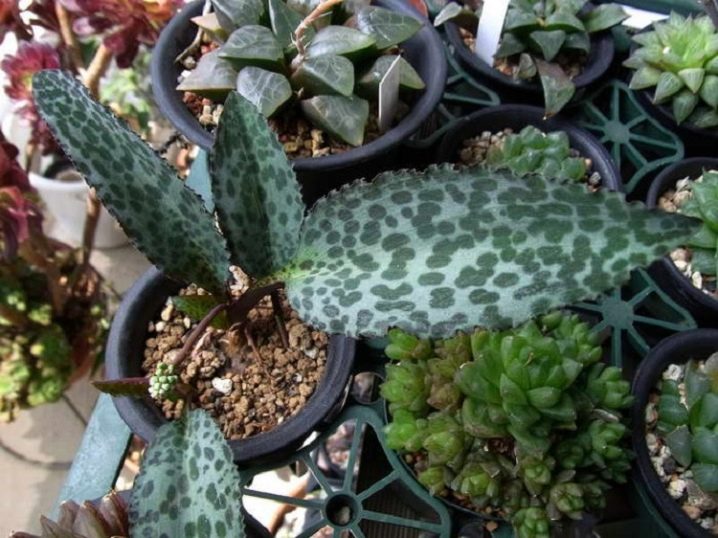
Drimiopsis variegated
Perennial, unusual in appearance, with light longitudinal stripes along the edges of its oblong leaves. Also, a strip may be present in the center. Some crops have yellow leaves.
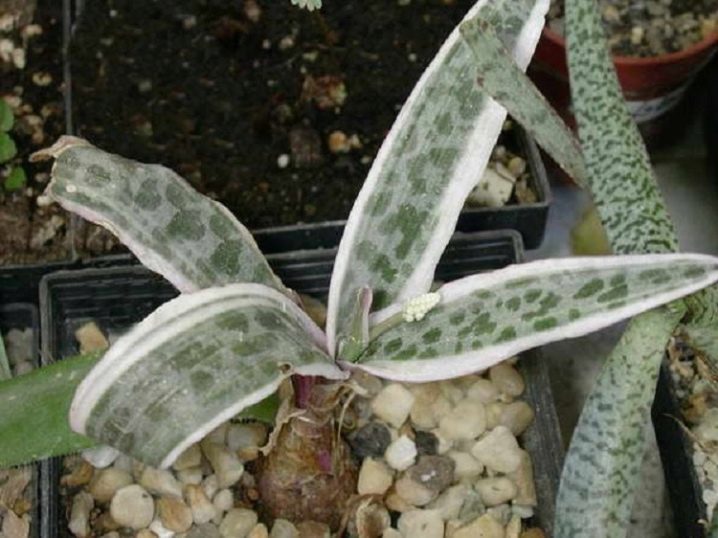
Drimiopsis dolomiticus
A miniature flower variety with a very unusual appearance, for which it is appreciated by flower growers. The culture does not have petioles, so the leaves grow at the base without a leg, due to which they are very close to the ground. The shell-shaped leaf structure allows the green mass to wrap around the inflorescences that develop in the center on long peduncles.

Drimiopsis Burka
A decorative flower with a convex and rather rounded leaf shape. The green mass of the culture is colored gray-blue with dark spots on the surface.
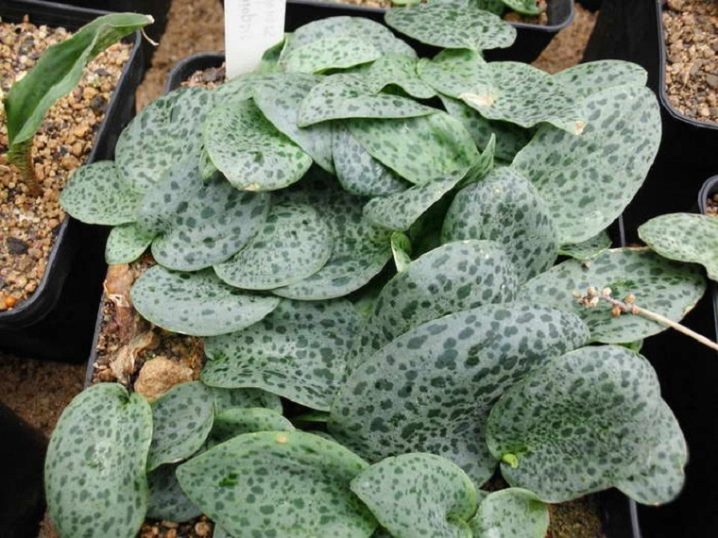
Landing
The underground root system of Ledeburia is poorly developed, so a deep container for indoor flower cultivation is not needed. Errors relating to planting a perennial in a deep container can lead to decay of the rhizome, as well as slower growth of the aboveground part of the culture.
Drimiopsis will be more correctly planted in a wide container or pot with the obligatory presence of drainage holes. It is more correct to choose ceramic containers.
Fine gravel, expanded clay or perlite can be used as drainage.
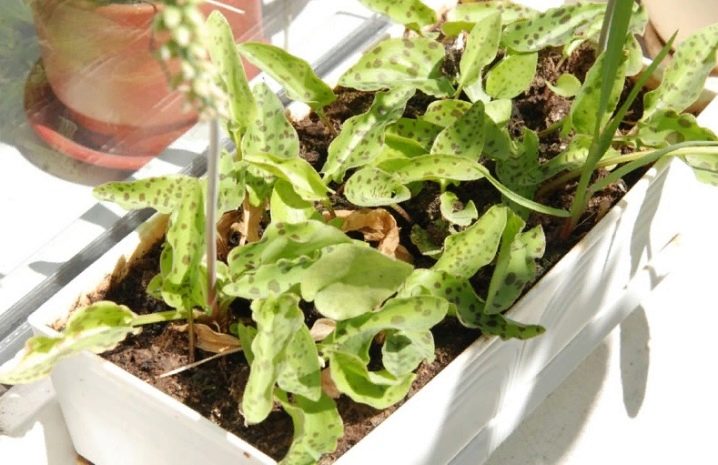
As for the type of soil, the plant will thrive in light and nutritious soil. In garden stores, you can buy ready-made soil mixture designed for rooting bulbous plants. Its feature will be the ability to retain moisture well inside. To make the soil for the culture looser, peat or sand is sometimes added to it. Drimiopsis also grows well in turf. The acidity of the soil should be neutral. You can make the land for planting a flower yourself. Its composition will be as follows:
- sheet soil;
- sod land;
- humus and coarse sand;
- peat and charcoal.
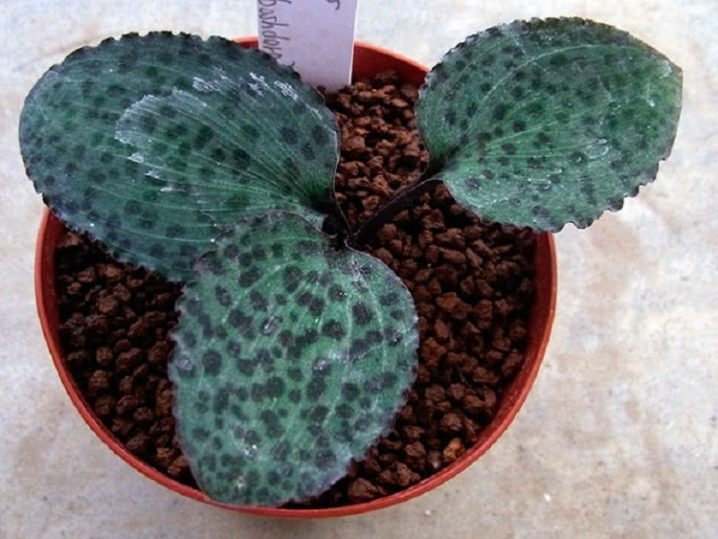
Before rooting a flower, it is inspected for damaged or dry areas that should be removed. Drainage is laid at the bottom of the pot or container, it is important that it occupies about a third of the container volume. Then earth is poured into the container. The plant is placed in the center, it is important to root the drimiopsis so that the upper part of the root bulb is always located above the soil surface. The soil is compacted by hand, after which the culture should be watered. The next hydration can be carried out no earlier than a week later.
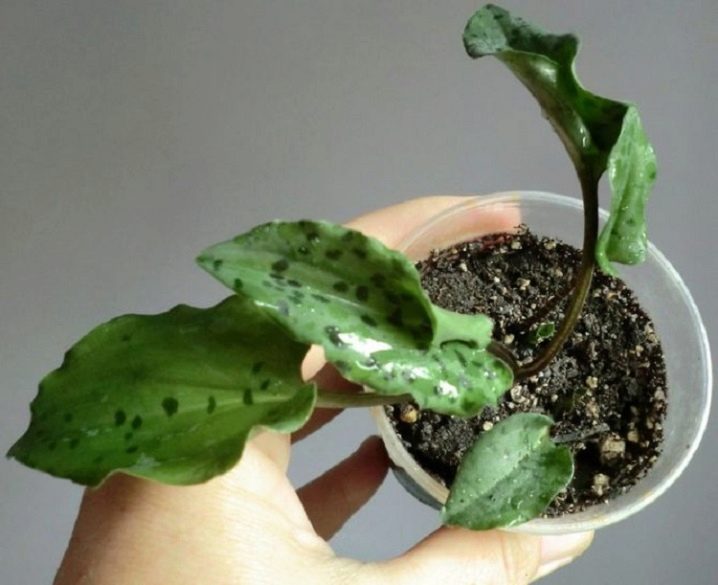
Care
In order for a crop to grow with a beautiful green mass, it needs to be provided with a good level of lighting. Drimiopsis loves bright light, however, in the summer months, the plant on the windowsill is best protected from direct sunlight.
Temperature
The optimal temperature in the room for a perennial will be thermometer readings at the level of + 20-25 degrees in the warm season, in winter it is recommended to lower the air heating to + 15-16 C.
Moisturizing
The indoor flower should be watered as the soil dries up, drought will negatively affect the growth of the culture. However, it is recommended to avoid abundant and frequent moisture, as this can provoke rotting of the bulbs. Those species that enter a dormant phase in winter can be watered every few weeks, but make sure that the soil is not overdried.
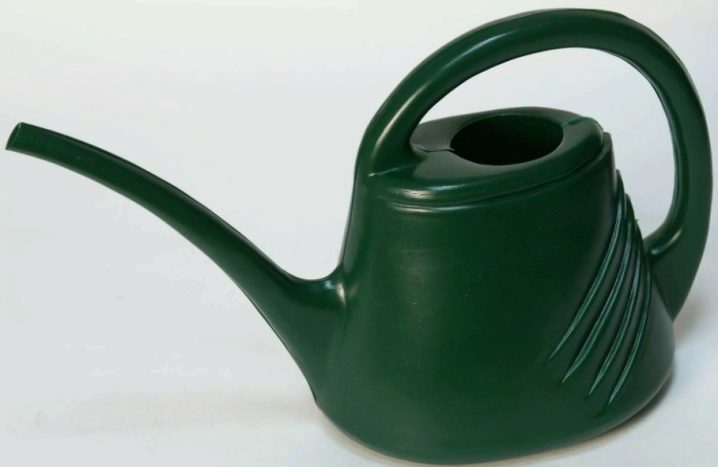
Indoor humidity
The plant does not require high humidity, it feels equally good in a humid room and during the heating season, when dry air prevails in apartments and houses.The culture does not need regular spraying, however, it is still recommended to wipe the leaves with a damp cloth from dust.
Top dressing
It is recommended to fertilize the culture. Usually, top dressing is introduced by the root method once or twice a month, starting in spring. Fertilizers containing phosphorus, nitrogen, calcium and potassium will be suitable formulations for Drimiopsis. As a rule, such dressings are used for cacti.
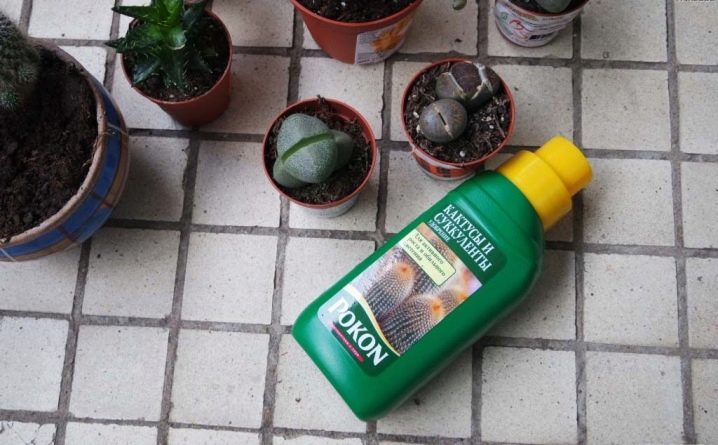
Transfer
The flower requires an annual transplant only at a young age. For adult crops, you can change the capacity and soil once every 2-3 years.
Pruning
In the process of growing a culture at home, it is recommended to remove old leaves from adult plants. This will provoke the growth of new ones.
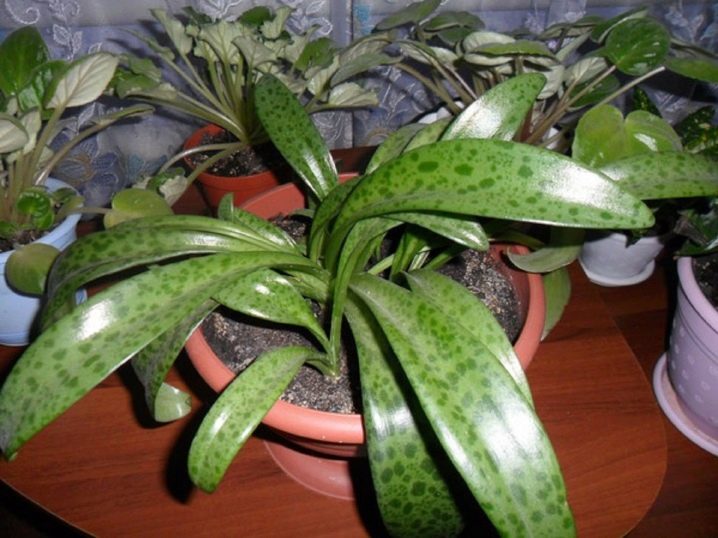
Winter care
Those species that enter the dormant phase in winter require some care. This applies to rare moisture - once every 15–20 days. However, you should not put them in a shaded place. With the arrival of spring, the culture will wake up on its own, at this time new leaves will begin to actively form on it, from which a beautiful and young bush will turn out in just a couple of weeks.

Reproduction
You can get a new culture on your own in several ways.
Seeds
As practice shows, it will be extremely difficult to propagate Drimiopsis by planting seeds, since very little material from the total mass will retain its germination after rooting and will sprout. Planting material can be purchased at the store. The growing process itself is reduced to rooting seeds in a moist and light soil, the pot is covered with a film or a plastic bottle. They keep the seeds warm, the air temperature in the room should not be lower than +22 C, it is important to provide the seeds with a sufficient level of lighting.
Good material will hatch 2-3 weeks after planting. As soon as the first shoots appear, the covering material can be removed from the container.
Fortified young plants are allowed to be transplanted into separate containers.

Separation of bulbs
This option is considered to be simpler and more productive. This is due to the peculiarities of Drimiopsis for active growth. The process itself involves the extraction of the plant from the soil, after which the flower should carefully separate a young bulb or several, which will have their own roots. Cutting points must be disinfected with crushed charcoal.
They should be rooted in several pieces, but taking into account the fact that the plant grows rather quickly and gives off shoots.
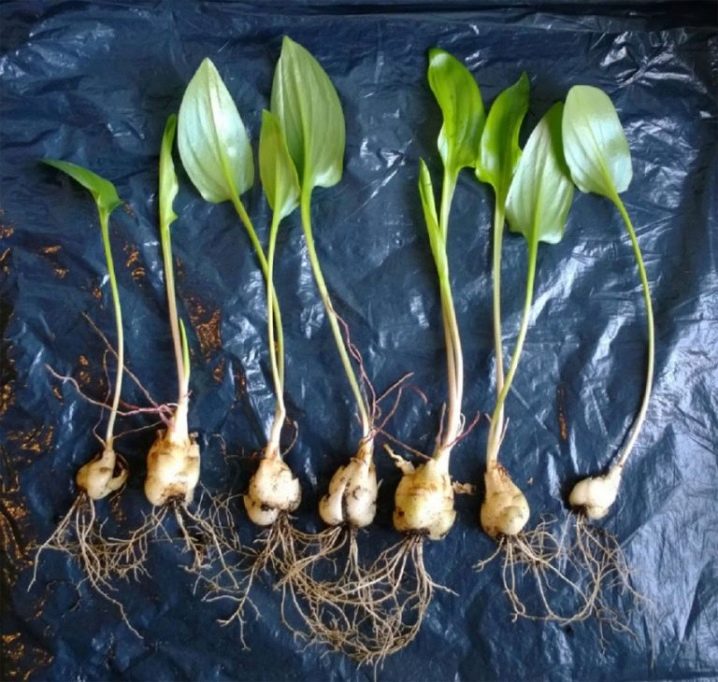
Cuttings
Drimiopsis Kirk can be propagated using a sheet. To do this, the selected specimen is separated from the plant at the very base, after which it is kept in water for several days. Further, it is transplanted into a container with earth, providing a temperature regime at +23 C.
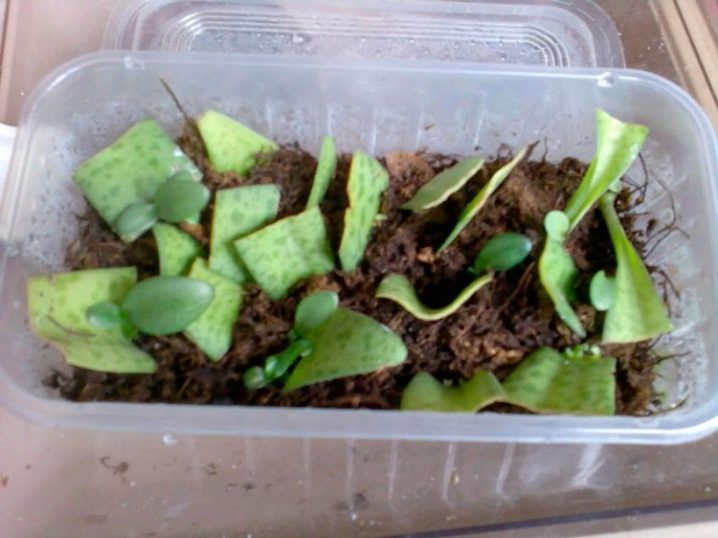
Diseases and pests
Errors related to plant care can provoke a culture disease. Most often, excessive watering provokes the development of fungus on the bulbs, which can lead to the processes of decay of the rhizome, as well as the appearance of a red burn. If even the slightest signs of an illness appear on the perennial, the culture must be removed from the pot, and then all areas damaged by spores must be removed with a disinfected sharp instrument.
Further, the plant should be kept for some time in a store-bought antifungal composition. For these purposes, it is recommended to use "Trichodermin" or "Glyocladin". It is impossible to root a flower in the same substrate, since there is a risk of re-infection.
Before planting, the soil must be disinfected or completely replaced.

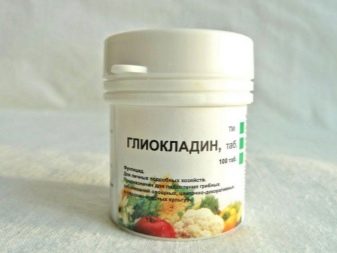
Also, a lack of sunlight can provoke a deterioration in the condition of the plant. In this case, the leaves lose their color, and the petioles become too long. To save the culture, it must be rearranged to a more illuminated place in the room.
As for pests, the following insects can pose a danger to Drimiopsis:
- spider mite;
- scabbards;
- aphid;
- mealybug.
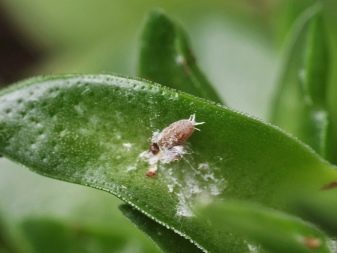
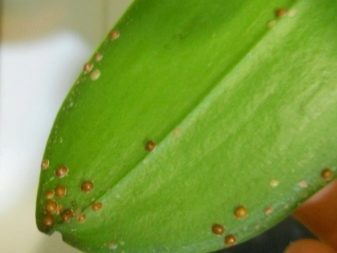
The latter type of insect is quite easy to detect, since the products of its vital activity are a waxy coating on the leaves of the plant, as well as the substrate extending from the walls of the pot. For the destruction of individuals, an alcohol solution is used, with which the green mass is processed. Also, the pest can be exterminated with the help of store tools. Among them it is worth highlighting "Tanrek" or "Mosplan".
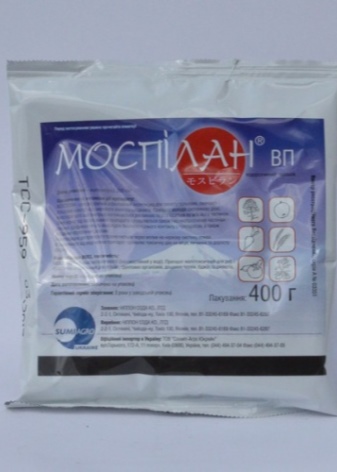
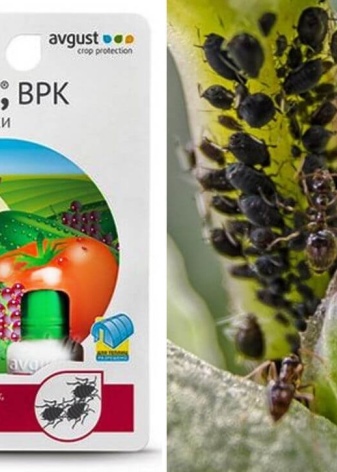
Aphids can be destroyed by spraying the culture with a decoction of pungent-smelling herbs. Store-bought compositions for the fight against this insect are "Aktara" and "Inta-Vira".
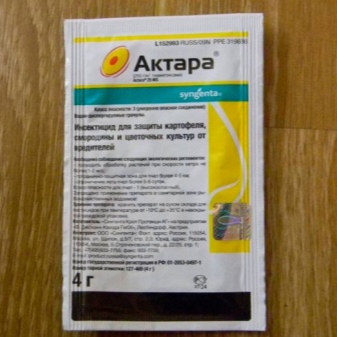

The shield affects the color of the soil in the pot - it turns black. The pest itself is not as small as the aphid, so it can be seen on the plant. On foliage, the insect will look like a gray-brown bump. The fight against the scabbard is carried out in several stages. First, the pest is removed from the culture by hand, using a cotton swab dipped in alcohol. After that, the flower should have a warm soapy shower. When the culture is dry, it is treated with Metaphos or Fufanon.

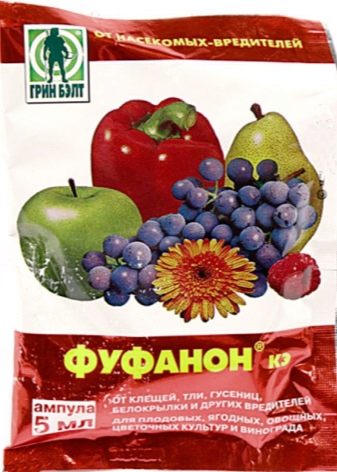
Mites can appear on the plant due to low air humidity. Signs of the presence of insects on the flower will be yellow spots on the green mass and cobwebs. You can destroy the pest by treating the culture with a soapy composition under the shower, after which the Drimiopsis must be covered with polyethylene to create a humid microclimate inside. Among the chemical compounds for combating spider mites can be identified "Fitoverm" or "Akarin".

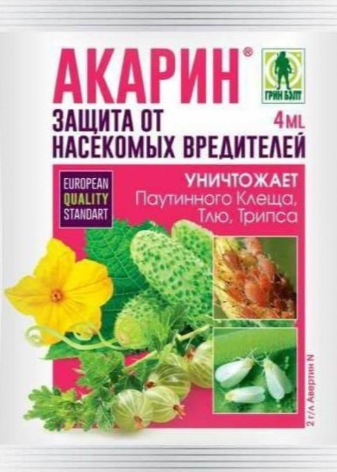
How to propagate Drimiopsis correctly, see the video below.























The comment was sent successfully.